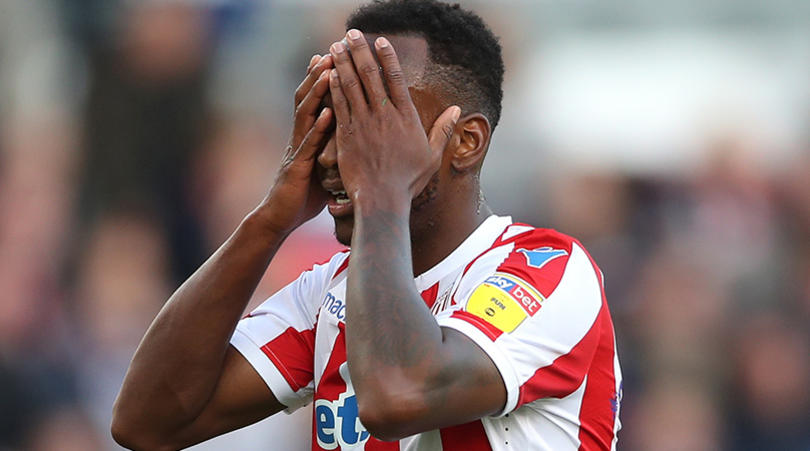Why Aston Villa fans finally have a club to feel optimistic about again
Their mid-table standing doesn't suggest a 2018/19 of great promise, but soothing their institutional crisis was always a priority, writes Seb Stafford-Bloor. And they have done...
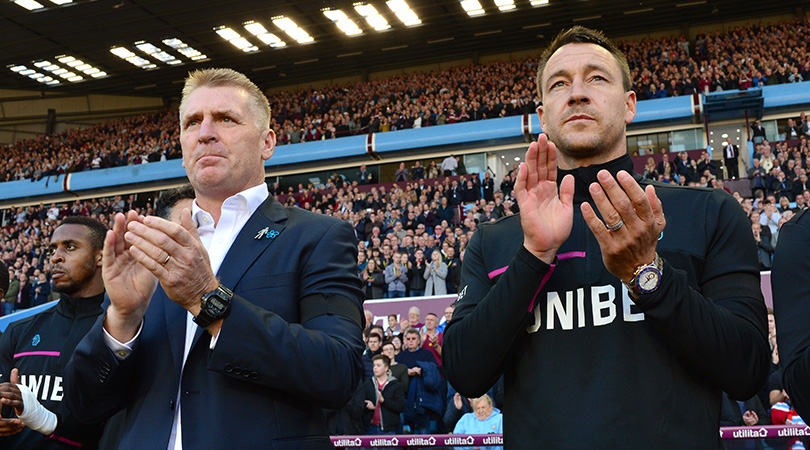
Outside Villa Park, the statue of William McGregor is currently serving as a shrine to the memory of Doug Ellis. The red brick plinth is decorated with flowers, a written tribute to Ellis sits at McGregor’s feet, and club scarves are tied to both his wrists.
It’s a fitting place of remembrance. Ellis was a pre-eminent character of the early Premier League years, and McGregor was a principal architect of the game’s modern structure. For now, they’re being remembered together and that seems entirely right.
You can see Villa Park from Witton Station, with its highest points peering up over the local houses. From the outside in, it’s exactly as it should be: from the iron railings guarding the perimeter, to the executive corridors carpeted in club colours. Embedded within a local community, arterially connected to all sorts of local businesses and, physically, still possessing all of that pre-millennium heft. The ground itself is mighty and big, not sleek, and not wrapped in miles of reflective glass.
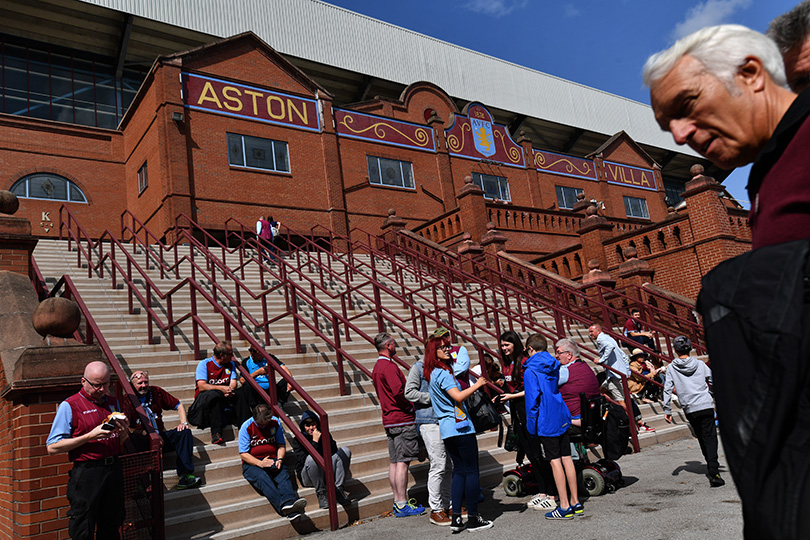
Fall from grace
Now, it’s a Championship venue. It’s a difficult reality to confront and yet, on arrival, it’s one which is impossible to ignore. Some football clubs are pokey and provincial, and their grounds reflect that. By contrast, Villa Park has such an immediate gravity to it that it’s hard to reconcile its present with that aura.
Or to contemplate the severity of mismanagement that was necessary to bring such a place to its knees.
Villa nearly escaped the second tier last season, falling at the final play-off hurdle, but 2018/19 has promised relatively little so far. Perhaps that’s changing: on Saturday, they hit the road and came away from Derby with a 3-0 win – the first time they’ve managed back-to-back wins since the opening two games of the season. Really, Villa are a paradox of a side: the players here are obviously good enough for promotion, but the team into which they all fit is clearly not.
Get FourFourTwo Newsletter
The best features, fun and footballing quizzes, straight to your inbox every week.
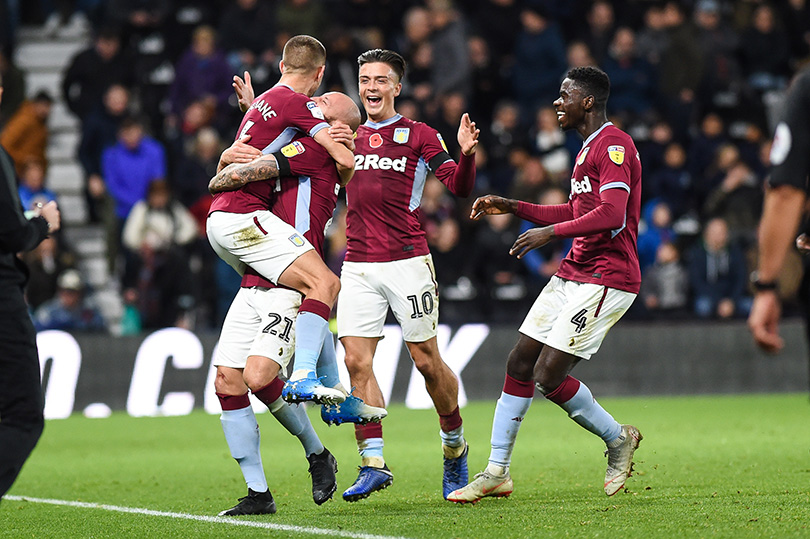
Dean Smith was appointed to change that. Back in late August, Villa faced Smith’s Brentford and were lucky to escape with a 2-2 draw. The contrast between the two sides that night was jarring; the hosts had all the names, but the visitors played all the football.
Separating Smith from the achingly smart recruitment at Griffin Park is tricky, but the side he was managing that night certainly looked better coached. A very late Jonathan Kodjia header rescued a point for the hosts that evening, but Smith’s no-names were far superior throughout.
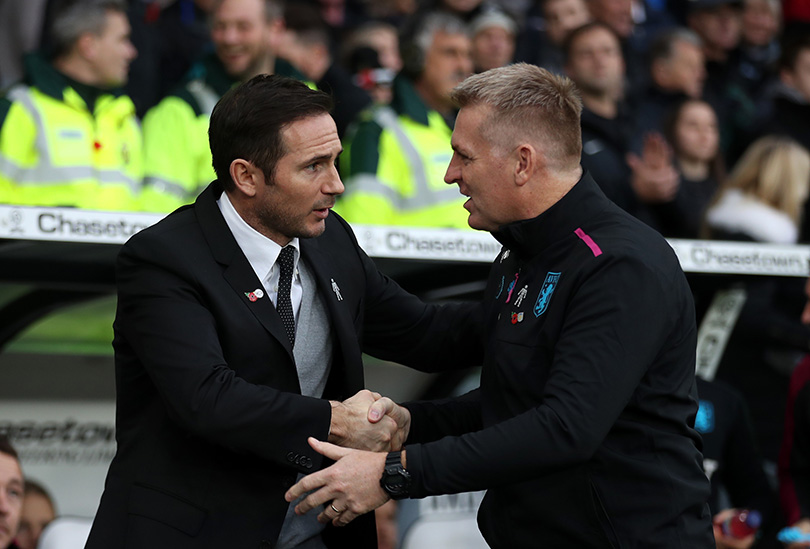
So the logic is clear: give greater resources to the manager who was doing a lot with a little, and the result should be a winning formula. At Brentford, Smith may have been supported by excellent recruitment, but he departed with the club in seventh place and analytics alone don’t construct a team; clearly he is highly capable. For him to have the desired effect, though, his new employer will have to settle on a period of institutional calm.
At last, there are signs of that happening.
New dawn
The summer was curious. No sooner had the play-off final been lost than owner Tony Xia was sounding the alarm. A statement was issued which warned of the need to cut costs and adapt financially to long-term Football League life. At the time, HMRC were also chasing a vast tax liability and a series of ominous, unrealistic payment deadlines that suggested impending sales.
Enter Wes Edens, Nassef Sawiris and their collective fortune of nearly £8bn. Sawiris is Egypt’s wealthiest man and Edens, anointed as “the new king of subprime lending” by the New York Times in 2015, has a personal fortune in excess of £2.5bn. Enough for them to purchase a 55% controlling stake in the club, to tell Daniel Levy to get serious with his attempts to sign Jack Grealish or go away, and to slam the door in the taxman’s face.
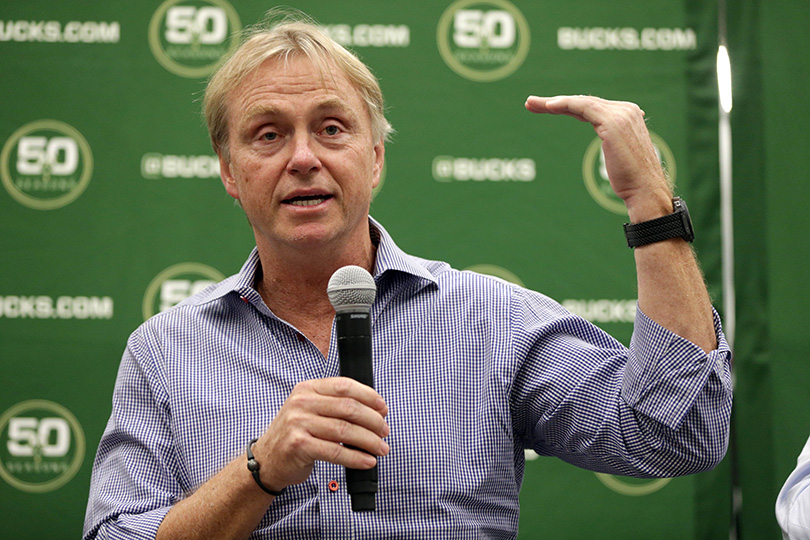
In the beginning, it was right to be concerned. Subprime lending is a murky, exploitative industry and Edens had made a lot of money from it. The anecdotes from his part-ownership of the NBA's Milwaukee Bucks were alarming, too, and the stories of his aggressive pursuit of public money to fund a new baseball stadium were enough to raise suspicion.
Rightly so, because supporters have had to learn this lesson the hard way and, at Villa specifically, Randy Lerner remains fresh in the mind. It doesn’t matter how much an owner is actually worth, only what they’re willing to actually invest. Crucially, no amount of money guarantees an understanding of the sporting environment or, more importantly, for how to actually succeed within it.
Brighter skies
So far though, the signs are good at Villa. Of course, Steve Bruce’s tenure ended in cabbage-throwing farce, and the first team continue to stutter and splutter in the bottom half of the Championship.
Nevertheless, the movements made away from the pitch speak of nothing but lessons learned and prevailing maturity. Some careful diagnosis has evidently taken place and proper remedies are being applied.
Under the new ownership, Christian Purslow has been appointed as chief executive. Purslow is not the most popular man in football and carries himself with plenty of self-regard, but he’s certainly someone with a track record for effective executive management.

His CV contains a few blemishes, including his fall-out with Rafael Benitez and the subsequent appointment of Roy Hodgson at Anfield, but he did also facilitate the sale of Liverpool to the Fenway Sports Group, vanquishing the loathed George Gillett and Tom Hicks in the process. At Chelsea, as head of global commercial opportunities, he brokered the club’s current Nike partnership, and also one of the richest shirt sponsorship deals in league history with Yokohama Tyres.
Of particularly interest to Villa, though, might be his knowledge of their division’s Financial Fair Play rules. Purslow was part of the working group which helped define the regulations and, new investment or not, Villa will need that expertise to navigate the coming seasons.
That he accepted this new role is in itself a positive indicator. No doubt he will be rewarded handsomely and will continue to enjoy the profile that football affords, but Purslow is a highly employable man, a Cambridge and Harvard graduate, and presumably not short of offers from elsewhere, either inside sport or out.
Butting heads
He will be filling the gap left by Keith Wyness, who was suspended in June and subsequently attempted to sue the club for constructive dismissal. On the Villa scale of dysfunction, his departure doesn’t rank particularly highly. Nevertheless, the falling out between Wyness and Xia was hardly indicative of a club well run and it alluded to malignant issues beyond the pitch.
With reason, too. The squad built in the years following relegation was bloated and full of inefficiency. High-priced recruits have not justified their cost and, while there has been a retraction in spending over the past 18 months, the club’s wage bill has remained decadent.
Xia showed the kind of ambition which pleases supporters, but at the cost of exposing the club to FFP disaster. The most effective antidote to relegation will always be instant promotion, but the brief crisis of last summer betrayed Villa as a club which chased that aim without proper contingency.
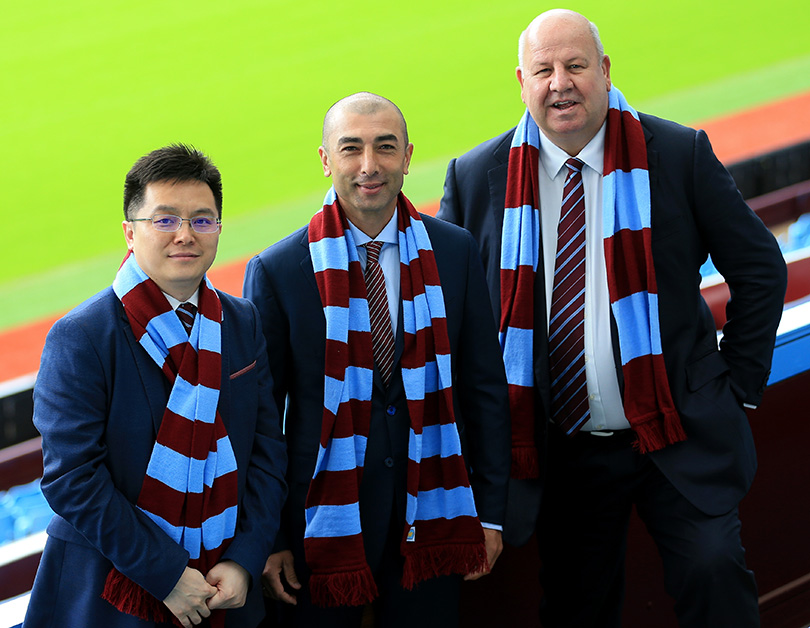
That’s unlikely to happen again and the battery of changes are obviously intended to ensure that it doesn’t. What the macro aims of the new owners actually are will be revealed in time, but the experience of Edens – who has worked under salary-capped conditions in the United States – is a positive in that regard. Xia has been well-intentioned, and satisfied Lerner’s demand for a successor who had the club’s interests at heart, but his record in sole charge exhibited a risk-taking nature prone to doing unintentional harm. He is still involved, but that his influence is now tempered by other voices of greater authority is also probably a positive.
Outside the boardroom, the club have also restructured their technical department. The departure of Bruce was the most dramatic change, but in September a full-scale purge took place, with seven members of the scouting team released. Sporting director Steve Round departed in July, and he has since been replaced by Jesus Garcia Pitarch, formerly of Valencia.
What the collective brief is remains unclear, but that the current squad’s deficiencies have been noted and acted upon is heartening; at best estimate, it represents a movement towards more sustainable recruitment, combining smart transfer policy with an academy that has enough green shoots to be considered fertile.
The Dean
Smith, of course, is the headline change. Unlike the appointments of Roberto Di Matteo and Steve Bruce, that decision speaks to a much clearer intent. Smith is greatly admired in the Championship for good reason, but he is not a name. In fact, few outside the Football League have really paid attention to his work at Griffin Park. Villa have, though.
The vacancy will have attracted plenty of applications, many of them from ex-Premier League managers, and yet the club weren’t seduced by any of that illusory promise. On making the appointment, Purslow commented that “(Smith) has a very recognisable philosophy” and that “his motivation, his energy and hunger to manage at the highest level is another outstanding feature”.
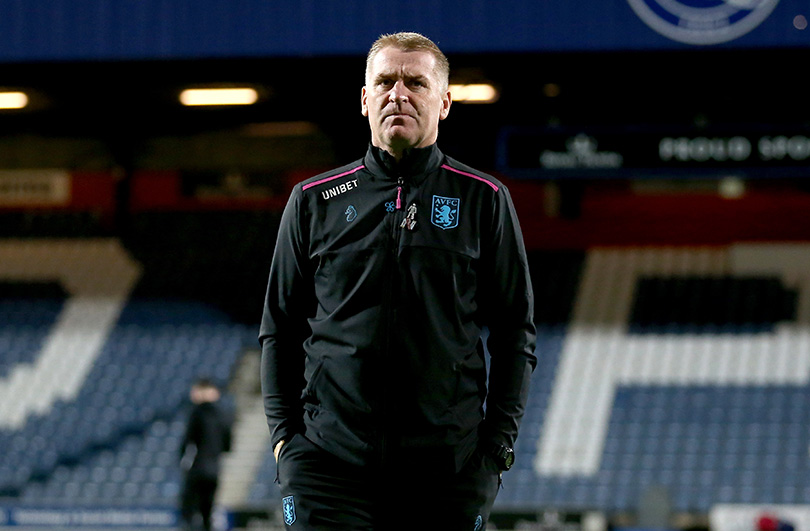
Look beyond the jargon and the message is clear: Villa are searching for an identity, that common trait among all progressive clubs. Evidently, they see Smith as the man to create such definition.
Superficially, then, it all makes sense. The club has more money, it is now theoretically backed by serious, proven wealth, and all of its positions of power are occupied by people with gleaming resumés. The conclusion is rather too obvious. It’s easy to see these changes, the modernisation, and foresee Aston Villa’s effortless rise.
Unfortunately, football is rarely so simple. But in the context of this club’s recent past, which had become chaotic by default, the existence of logical structure is both novel and right. Tentatively, this quiet evolution could well be the first steps on the long road back.
New features you’d love on FourFourTwo.com
Seb Stafford-Bloor is a football writer at Tifo Football and member of the Football Writers' Association. He was formerly a regularly columnist for the FourFourTwo website, covering all aspects of the game, including tactical analysis, reaction pieces, longer-term trends and critiquing the increasingly shady business of football's financial side and authorities' decision-making.
